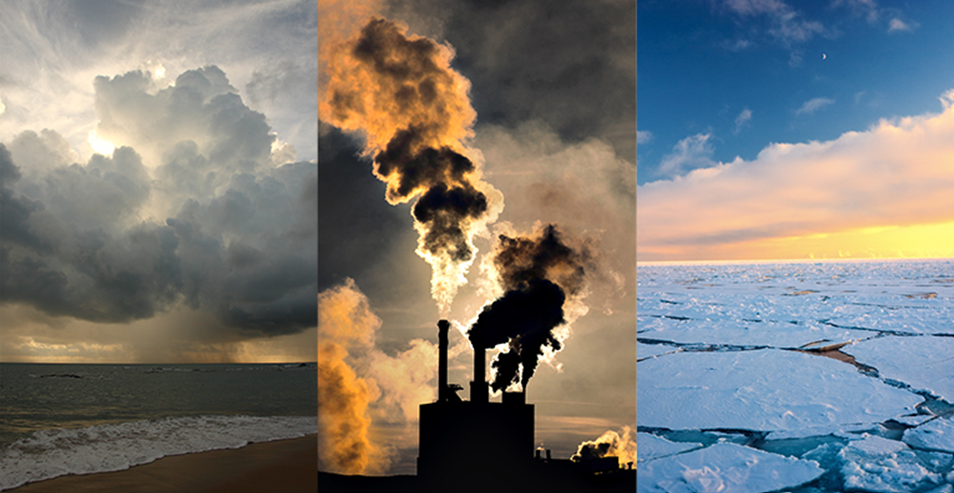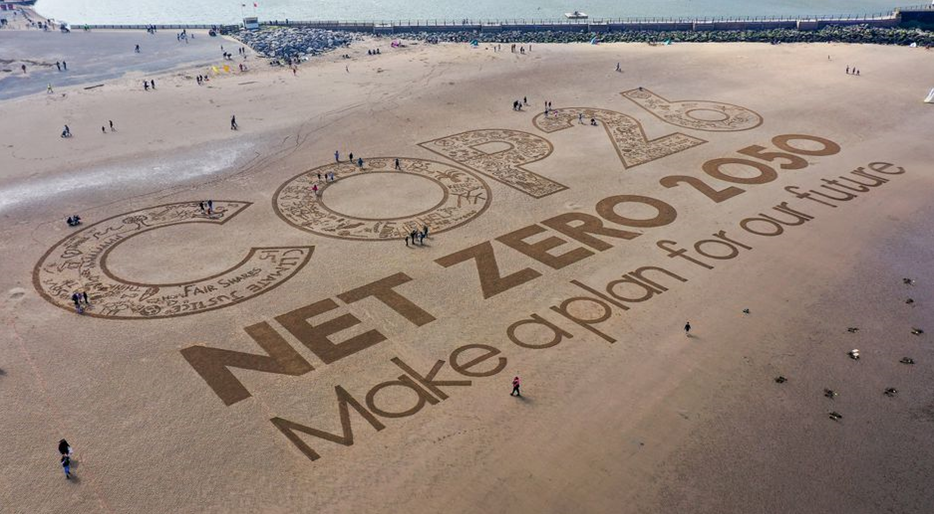
The world is warming because of fossil fuel emissions caused by humans. Extreme weather events linked to climate change – including heatwaves, floods and forest fires – are intensifying. The past decade was the warmest on record, and governments agree urgent collective action is needed.
What is COP26 ?
COP is short for the Conference of the Parties to the UN Convention on Climate Change, which is an event that takes place annually, though it was postponed last year because of the pandemic. World leaders do attend, but a lot of the discussions take place among ministers and other high-level officials working on climate issues.
The 26 signifies that this is the group’s 26th meeting.
The conferences are massive events with a lot of side meetings that attract people from the business sector, fossil fuel companies, climate activists and other groups with a stake in the climate crisis. Some of them are successful — the Paris Agreement was hammered out during COP21, for example — and some are painfully unproductive.
More than 190 countries signed onto the Paris Agreement after the COP21 meeting in 2015, to limit the increase in global temperatures to well below 2 degrees Celsius above pre-industrial levels, but preferablyto 1.5 degrees.
Half a degree may not sound like a huge difference, but scientists say any additional warming past 1.5 degrees will trigger more intense and frequent climate extremes. For example, limiting warming to 1.5 degrees instead of 2 degrees could result in around 420 million fewer people being frequently exposed to extreme heatwaves, according to the UN.
Scientists see 2 degrees as a critical threshold where extreme weather would render some of the world’s most densely populated areas into uninhabitable deserts or flood them with sea water.
Although the Paris Agreement was a landmark moment in the quest to address the climate crisis, it didn’t include details on how the world would achieve its goal. The subsequent COPs have sought to make the plans attached to it more ambitious and to detail courses of action
What are the goals?
Alok Sharma – the President of COP26 – has said he wants this year’s conference to reach agreement on a number of key targets, including:
- Keeping the goal of “1.5 alive,” a target that some fossil fuel-producing countries have resisted, at least in terms of strengthening language around it in any agreement.
- Putting an end date on the use of “unabated” coal, which leaves open the possibility to keep using some coal, as long as the majority of greenhouse gas emissions from the fossil fuel are captured, preventing them to enter the atmosphere. Some scientists and activists groups have said all coal should be consigned to history.
- Providing $100 billions of annual climate financing, which wealthy nations agreed to, to help developing countries reduce fossil fuel emissions and adapt to the impacts of the crisis.
- Making all new car sales zero emissions within 14-19 years.
- Ending deforestation by the end of the decade, as forests play a crucial role in removing carbon from the atmosphere.
- Reducing emissions from methane, a potent gas with more than 80 times the warming power of carbon dioxide.

What is ‘net zero’ and why is everyone talking about it?
A lot of countries have committed to reaching “net zero” by midcentury. Net zero is when the amount of greenhouse gas emitted is no greater than the amount removed from the atmosphere.
To achieve net zero, countries and companies will need to rely on natural methods — like forests — to remove the same amount of carbon they emit, or use technology known as carbon capture and storage, which involves removing the carbon at the source of emission before it can enter the atmosphere.
The carbon would then be stored or buried underground.
The good news is that the UN report found that if the world reaches net zero by midcentury, global warming can be contained to around 1.5 degrees Celsius.